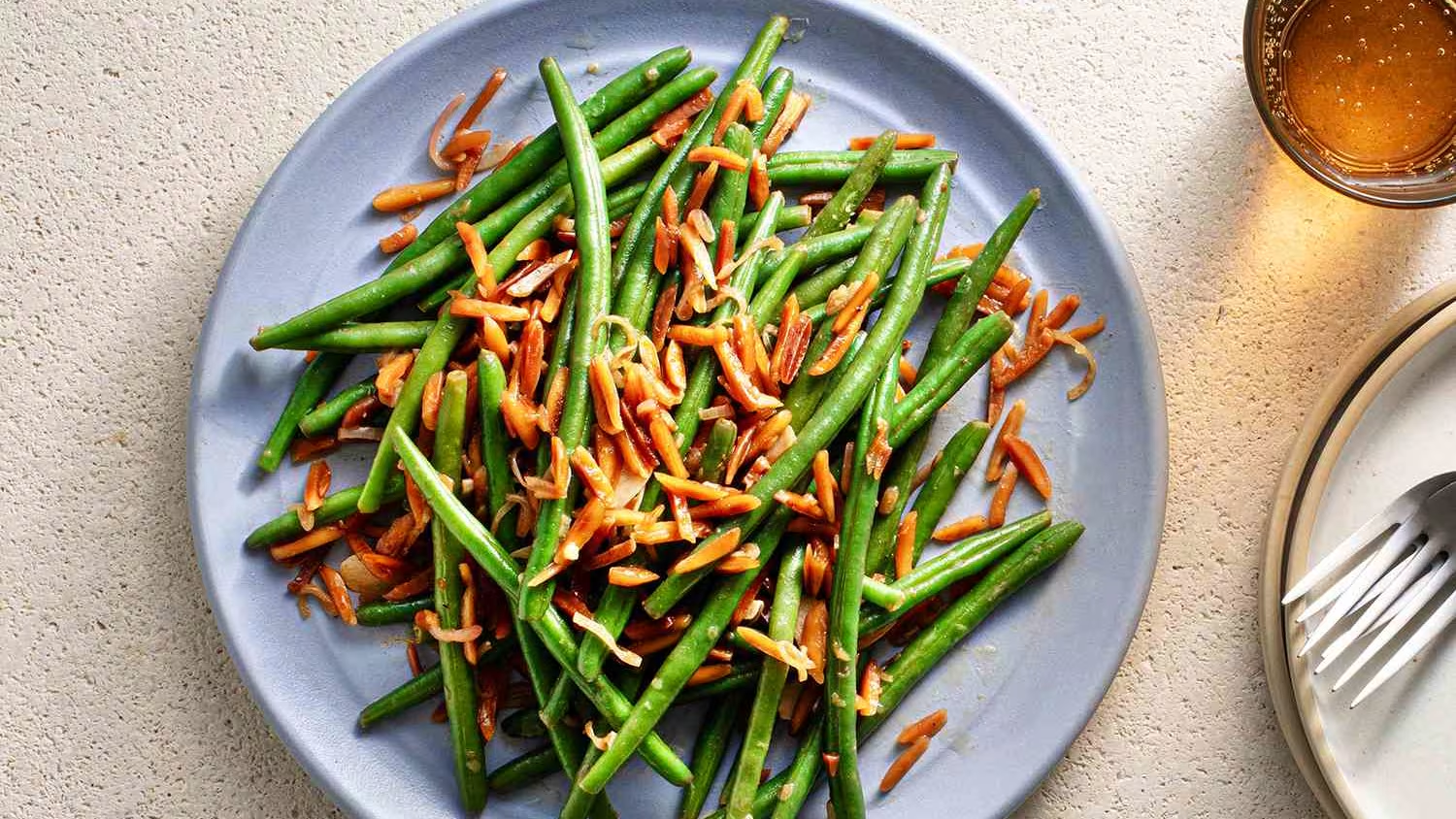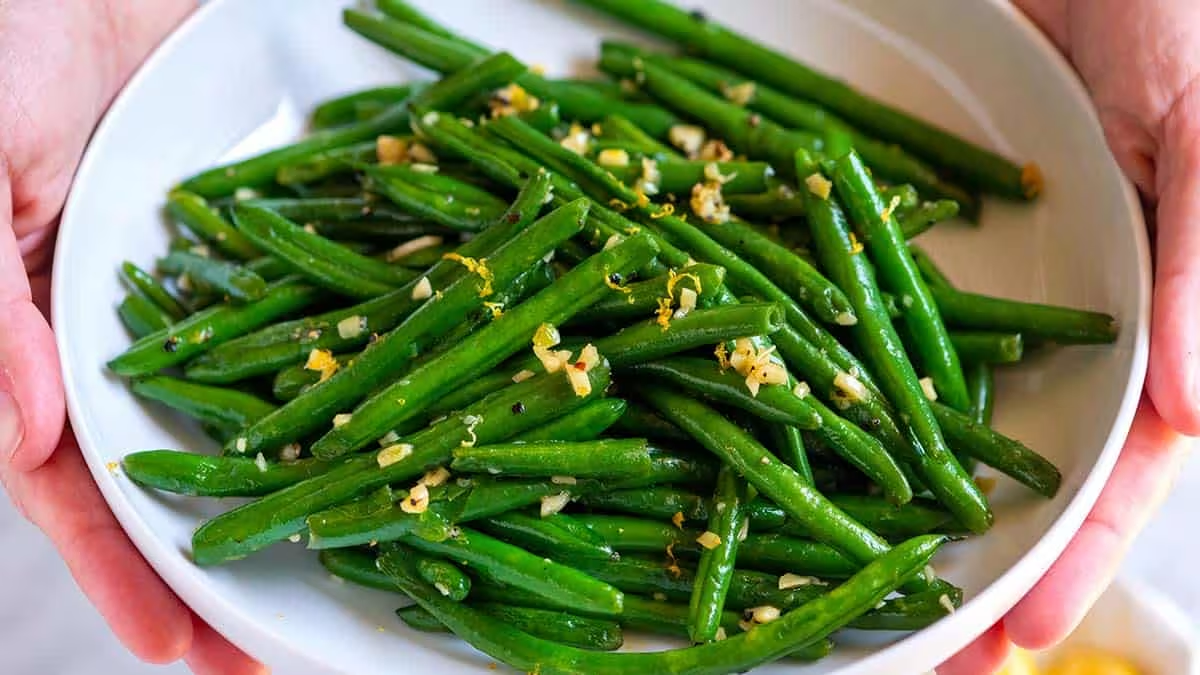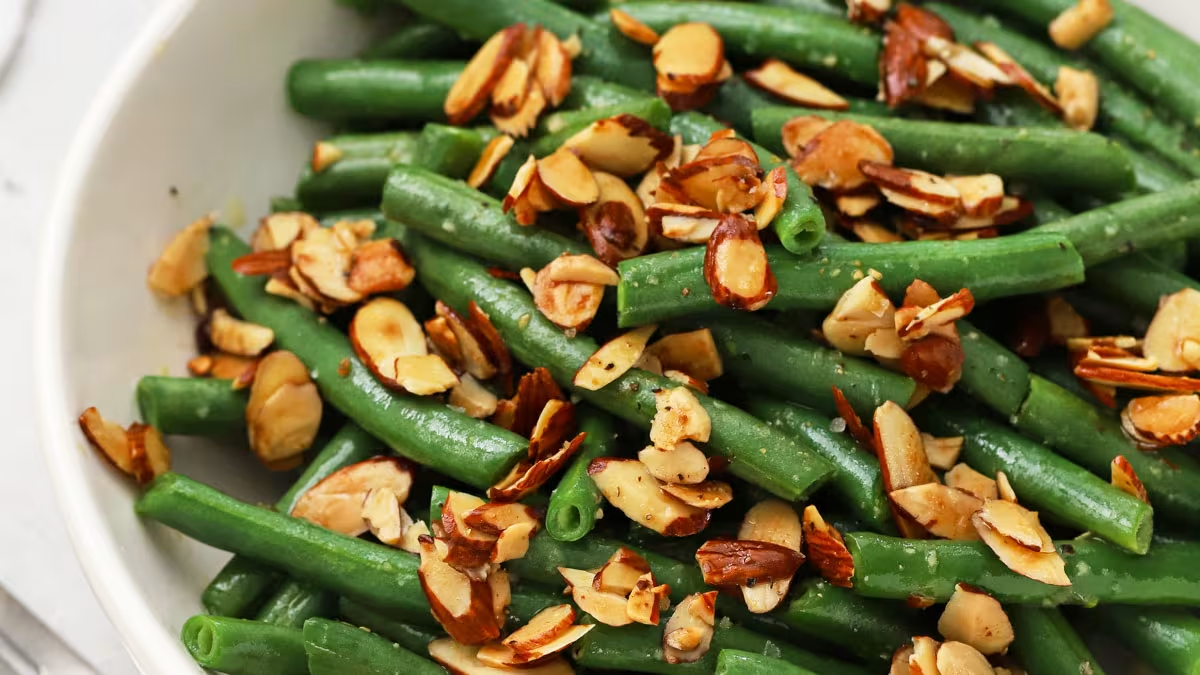
Delicious and Nutritious Haricot Bean Recipes You Must Try!
Written by Jessica Lopez
Published at 03-04-2024
Edited on 04/03/2025 | 11:59 AM
Vegetarian RecipesCourse: Main Course
Cuisine: Mediterranean
Difficulty: Easy
Servings
4 servings
Prep Time
15 minutes
Cooking Time
30 minutes
Total Time
45 minutes
Fat
7g
Protein
12g
Carbs
40g
Calories
300 kcal
Welcome to the wonderful world of haricot bean recipes! If you’re looking for a healthy and versatile ingredient to add to your meals, look no further than haricot beans. These small, white beans, also known as navy beans, are packed with protein, fiber, and essential nutrients, making them a fantastic choice for both vegetarians and meat lovers alike. Whether you're seeking a hearty stew, a refreshing salad, or a comforting casserole, haricot beans can elevate your dishes while keeping them wholesome. One of the best things about haricot beans is their ability to absorb flavors, which means they can be paired with a variety of spices and ingredients to create mouthwatering meals.
Plus, they’re incredibly easy to prepare! You can use canned beans for a quick fix or soak and cook dried beans for a more traditional approach. In this blog, we will explore an array of creative haricot bean recipes that cater to different tastes and dietary needs. Whether you’re cooking for yourself, your family, or entertaining guests, these recipes will impress everyone at the table. So, roll up your sleeves and get ready to dive into these delicious haricot bean recipes that not only satisfy your taste buds but also nourish your body.
Let’s make mealtime exciting and nutritious with the power of haricot beans!.


